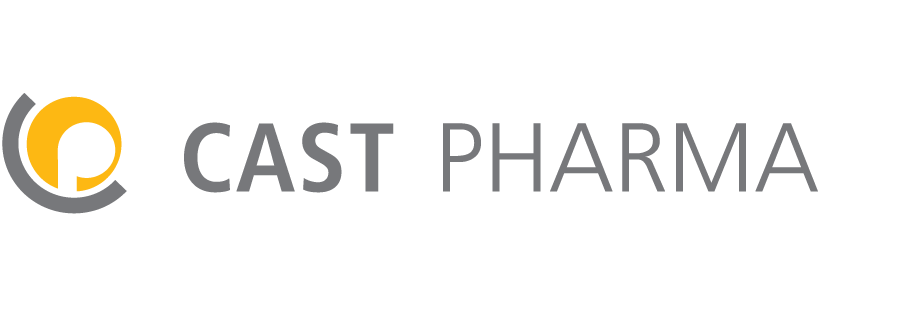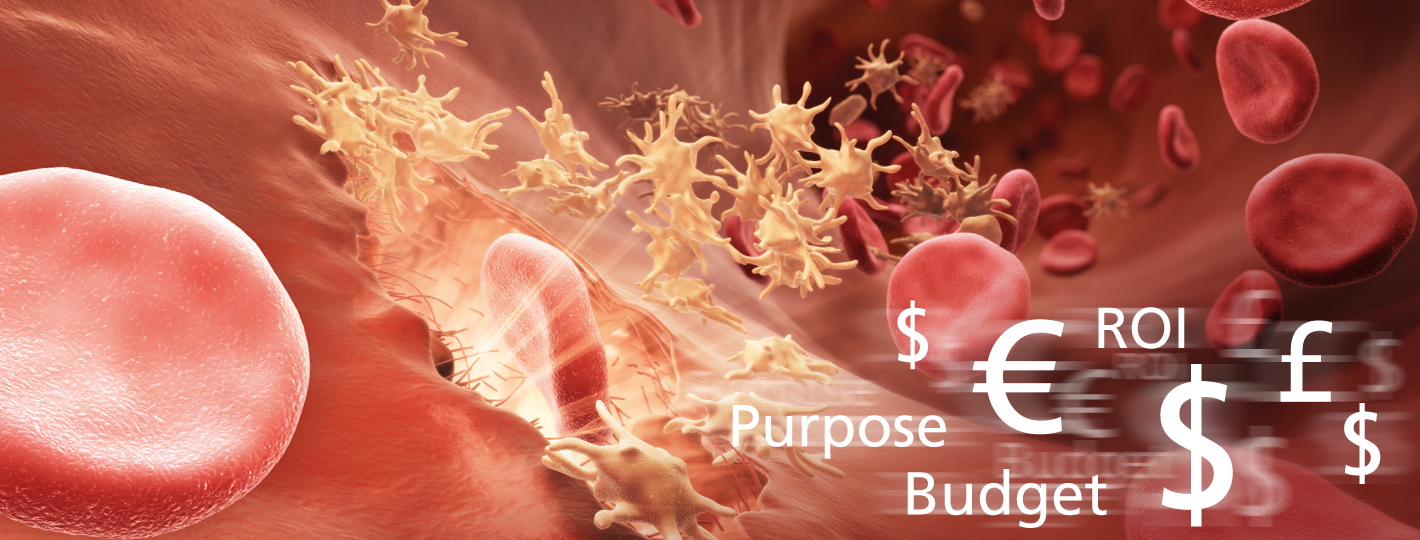How much does a mode-of-action animation cost?
In our day-to-day work we are often asked “How much does a mode-of-action animation cost?” and “How much do you charge for one minute of animation?” Of course, there is no one answer to these questions. The cost of a project depends on a variety of factors, including:
1. Length of the planned project
When it comes to 3D animated films, the ground rule applies: the longer it is, the more it costs. However, a 10 minute film doesn’t always cost 10 times the price of 1 minute. Why?
At the beginning of every project the medical conception team must thoroughly research the topic at hand. With complex scientific subjects, such as a product’s mode of action or a clinical study, they must collect, review, and of course, understand a wide range of materials. These set-up costs are required for every project, regardless of whether the planned film is 60 seconds or 10 minutes long. For this reason, very short projects are much more expensive in terms of price per minute than longer projects.
2. Complexity of the project
Many other decisions must be made during storyboard development: What information is important, what can be left out? What level of complexity is appropriate for which target group? These factors have a significant impact on the cost of a project. When explaining an illness, for example, it makes a huge difference whether a minute is spent flying around a 3D model of the human body or whether the animation starts with this 3D model and then delves deeper into the organ level and finally into the molecular level. In the latter case, additional “settings” for the film have to be created and edited, such as a cell membrane with various receptors.
3. Choice of stylistic means
When producing a film, choosing the stylistic means requires you to decide whether the film should be 2D, 3D, or stereoscopic. One can generally say that 2D films are easier to produce than 3D films. Different styles are often mixed in one film as well. In a mode-of-action animation, for example, the molecular processes can be depicted in 3D, while study data can be communicated with 2D graphics.
Although numerous factors can influence the cost of an animated film, our experience from more than 300 successfully completed mode-of-action projects has made it possible to develop a price range for a variety of different projects. I would be happy to send you a short document with a few ballpark figures. Just drop me a line at stefan.wolf(at)cast-pharma.com.






